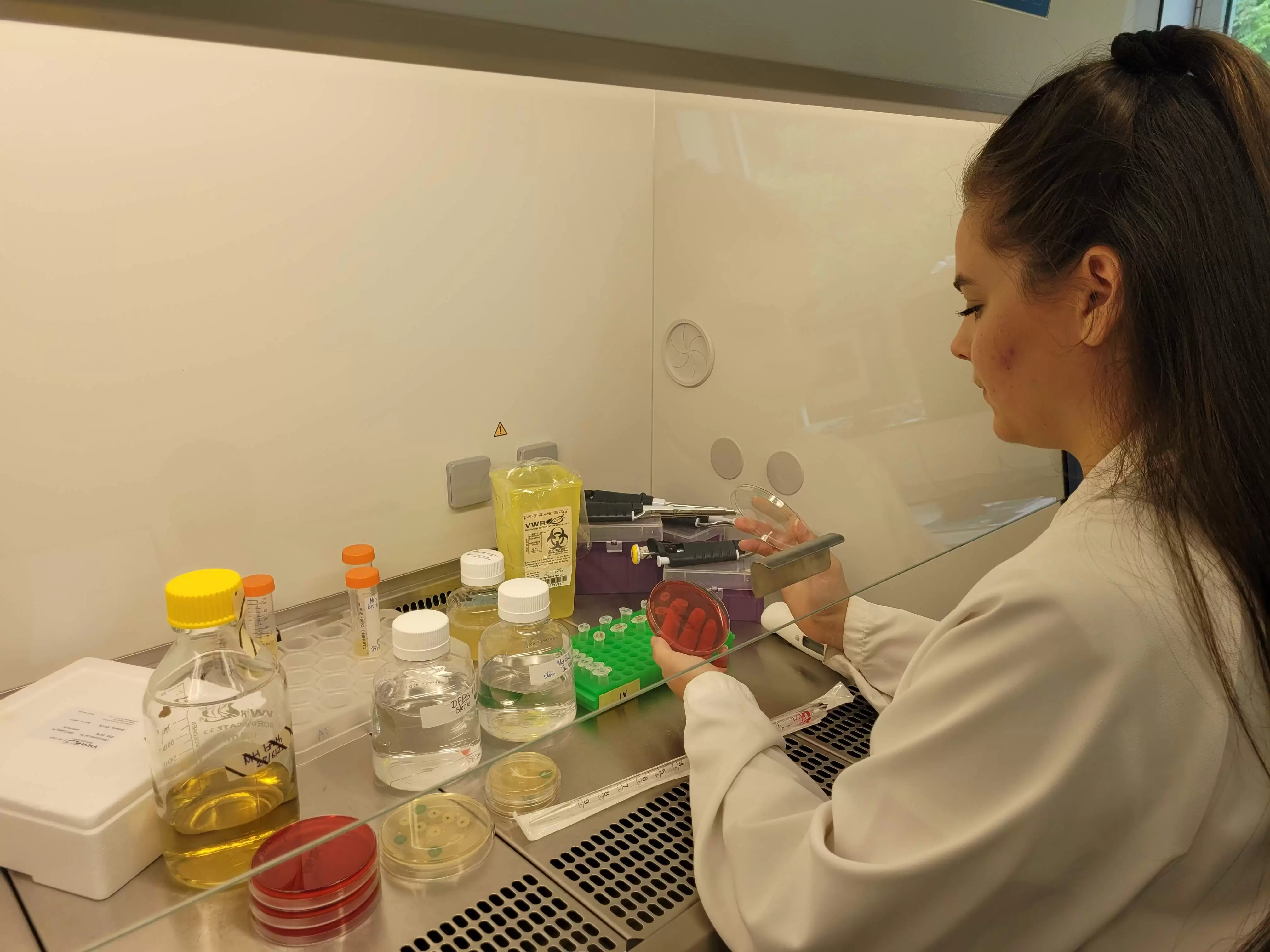RESEARCH FIELD : ENVELOPES AND SENSORS
BACTERIAL ENVELOPE - ENVELOPE INTEGRITY AND RESPONSES TO ENVELOPE STRESS
In this field of research of the CBSA Unit, several axes are addressed, which have the common objective of understanding the role of the bacterial envelope as a whole or of the bacterial sensors associated with it, thus favouring the understanding of the adaptation of bacteria in their environment. Moreover, deciphering the molecular mechanisms of envelope integrity maintenance and stress response is a prerequisite for understanding host-microorganism interactions and for identifying new therapeutic targets.
In parallel to the study of the signal transduction mechanisms involved in the maintenance of the integrity of the bacterial envelope, we will look for compounds of a lipophilic nature, likely to disrupt and/or modify the equilibrium of this bacterial envelope with the aim of finding new therapeutic leads.
The understanding of the molecular action mechanisms of numerous compounds is achieved through global (RNAseq, Proteomics) and targeted (fluorescence anisotropy, antibiotic resistance, phenotypes) analyses.
Furthermore, airborne bacteria are impacted by atmospheric pollutants, but the consequences in terms of public health are only very poorly assessed. In this context, the characterisation of the response of airborne strains to the automobile pollution marker NO2 is studied.
Sensors of human communication molecules
Bacterial sensors capable of detecting communication molecules (neurotransmitters and hormones) produced by the infected host will be investigated. Putative sensors for neurotransmitters produced by the host are being sought and will be further characterised in order to confirm or refute their role in the recognition of catecholamines orc other neurotransmitters produced by the infected host. The analysis will then be extended to all the bacteria in a various microbiota (intestinal, cutaneous or respiratory) in order to identify which populations possess these receptors/sensors and are most likely to respond to these molecules, in terms of biofilm formation and/or virulence expression.
The CBSA Lab has been working for many years on the search for hormonal molecules (peptides and steroids) likely to modify the virulence of P. aeruginosa and S. aureus in the context of chronic infections. One of the remarkable advances of the CBSA was the demonstration of the central role of proteins known as "Moonlighting Proteins" which, in addition to their basic function, are capable of behaving as sensors of host signal molecules and thus participate in the adaptation of bacteria from the cutaneous, vaginal and respiratory microbiota to the host.

Finally, all the work concerning the envelope and the sensor systems allows us to understand how the bacterial microenvironment can disrupt the bacterial envelope and how different signals are perceived by the bacterial sensors.
All this taken together should allow the identification of new bacterial targets to develop new antibacterial strategies directly or to propose the action of adjuvants reinforcing or complementing the effectiveness of antibiotics.
INTERACTIONS WITH OTHER CBSA RESEARCH FIELDS
This field is closely linked to following CBSA research fields "Communication in human microbiota", "Microbiological risks and antibiotic resistance" and "Anti-infective strategies".
